
Lao Cai and Yen Bai - two lands in the upper reaches of the Red River have many ethnic minority communities living with unique cultural features. From the land of ancient Vietnamese people tens of thousands of years ago associated with the brilliant Son Vi and Dong Son cultures, through periods of development, Lao Cai - Yen Bai have cultural similarities.
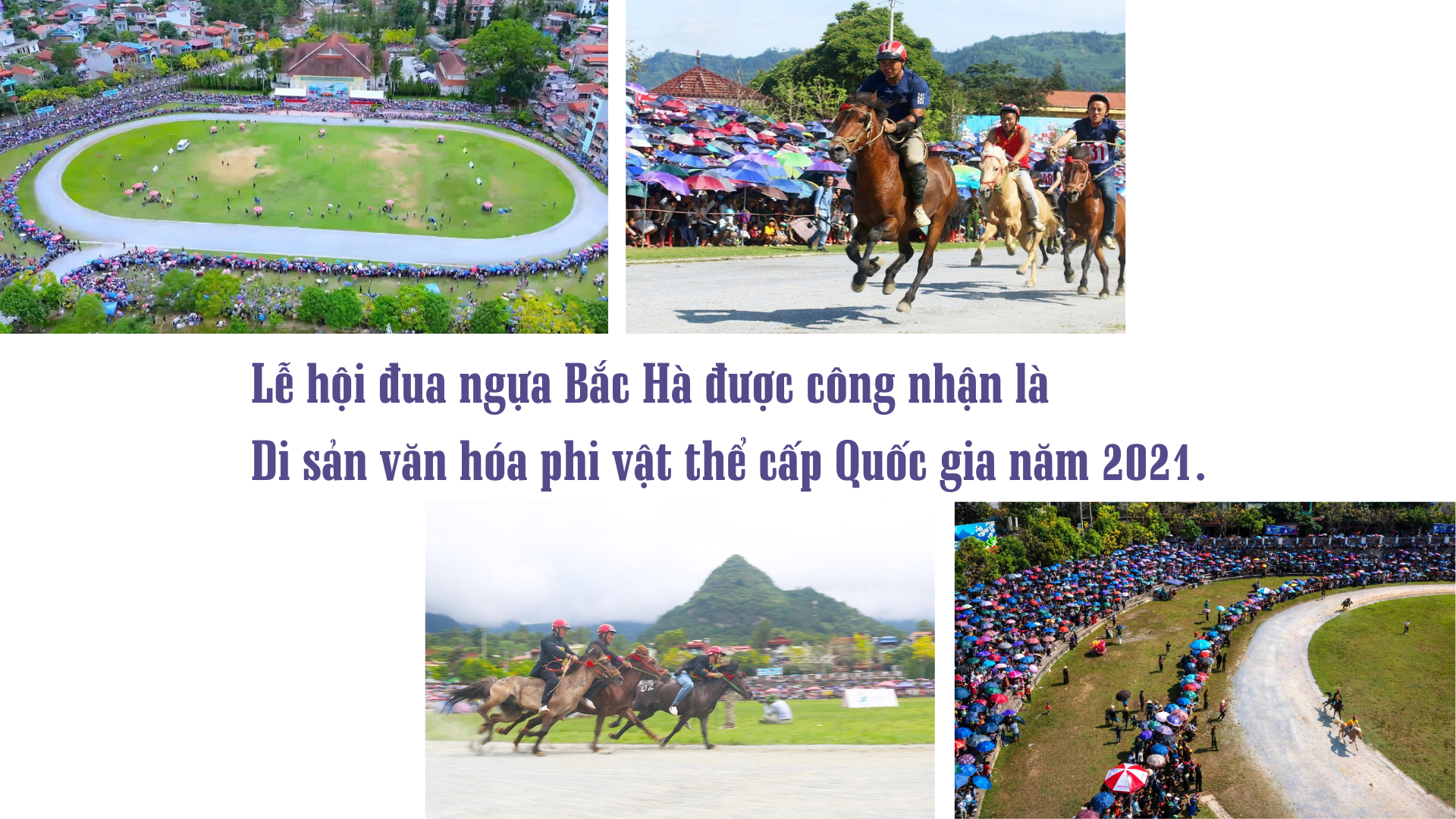
Before the merger, Lao Cai province - "where the Red River flows into Vietnam" had 25 ethnic groups and branches living, leading the country in the number of national intangible cultural heritages with 43 heritages, of which 2 heritages were recognized by UNESCO as the tug-of-war rituals and games, and the Then ritual of the Tay people. Currently, Lao Cai has 37 artisans in various fields of cultural life, including 2 People's Artisans, 20 Meritorious Artisans, and 15 Folk Artisans. The locality has many famous landscapes, of which Sa Pa with Fansipan peak is considered the "Roof of Indochina", a national tourist area of international stature, and also a place where the cultural colors of many ethnic groups converge.
Yen Bai is known as the "cultural heart of the Northwest region" with the coexistence of 30 ethnic groups and branches, possessing many intangible cultural heritages of ethnic minorities, of which "Thai Xoe Art" has been recognized by UNESCO as a representative intangible cultural heritage of humanity; 11 intangible cultural heritages have been included in the list of national intangible cultural heritages. Along with that are more than 40 traditional festivals; 1 scenic spot ranked as a special national monument is Mu Cang Chai Terraced Fields - one of the 20 most colorful destinations in the world voted by CN Traveler Magazine.
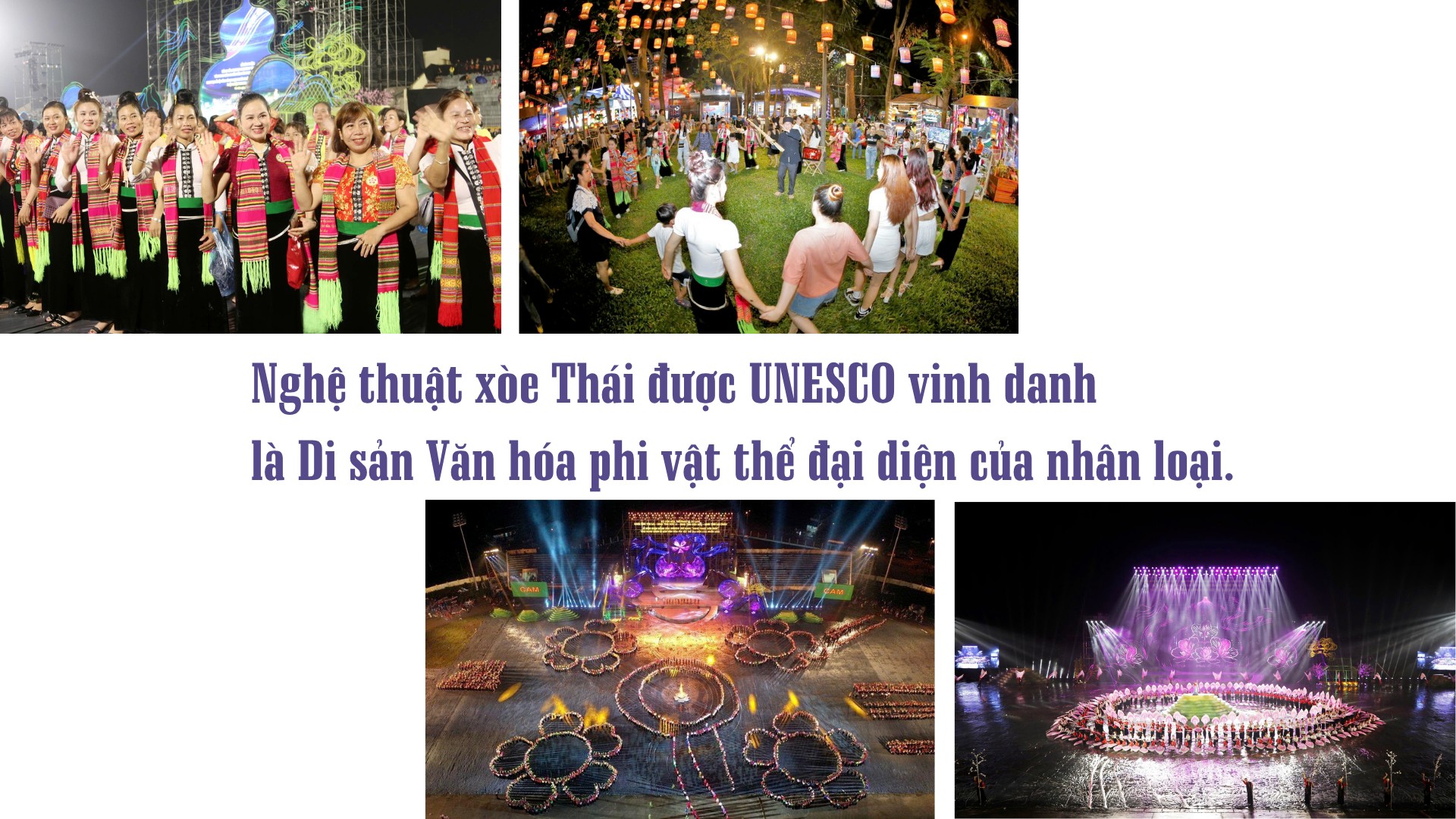
The two provinces of Lao Cai and Yen Bai also have a rich system of historical and cultural relics with nearly 180 relics ranked from provincial to national level, reflecting the heroic history of struggle and rich spiritual beliefs of the ethnic groups. The cultural identity of the two provinces is a priceless asset, preserved and promoted through many generations.
In recent years, the authorities at all levels in both provinces have paid great attention to the preservation and promotion of cultural heritage values. Historical and cultural relics have been reviewed, researched and dossiers have been prepared for national and provincial classification. Traditional festivals have been restored and preserved, while the brand of folk artisans and excellent artisans has been built to honor those who preserve national culture.
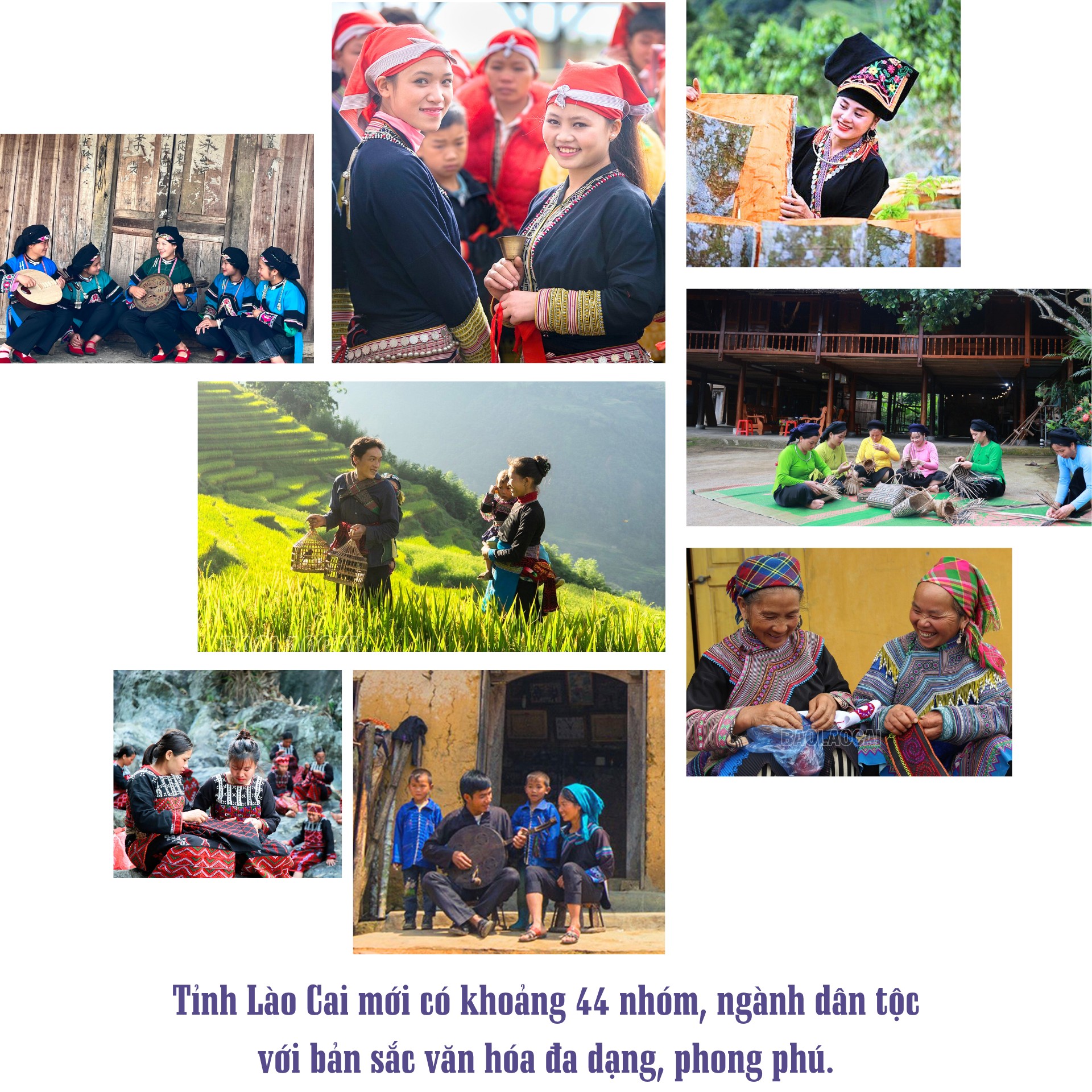
The year 2025 marks an important turning point when the two provinces of Lao Cai and Yen Bai are re-unified after 34 years of separation from Hoang Lien Son province, opening up new development opportunities. The new Lao Cai province is not only a resonance of natural resources and economy but also a center of convergence of diverse cultural quintessence of the Northwest region, creating a solid foundation for sustainable development and comprehensive integration.

In the context of increasingly deep regional and international integration, Lao Cai province has clearly identified the role of culture in socio-economic development, especially international cooperation and border cultural exchange. Previously, Lao Cai province had a special connection in the cultural flow with Yunnan province (China). In recent years, the two sides have alternately organized 4 international scientific conferences on the Red River basin and regularly organized cross-border cultural exchange activities and cultural diplomacy, contributing to enhancing understanding and building a peaceful and friendly border.

In particular, the Red River Festival, scheduled to open in November 2025 with the theme "Where the Red River flows into Vietnam", promises to be a major cultural and tourism event, honoring unique cultural values and expanding opportunities for development cooperation.
Meanwhile, Yen Bai has had nearly 30 years of cooperation with Val-de-Marne province (France) in many fields, including culture and promoting heritage values. In addition, Yen Bai has organized many foreign cultural activities such as publishing thousands of documents and books introducing culture and tourism; organizing and participating in hundreds of domestic and foreign performance troupes; annually sending units and localities to visit booths at international tourism fairs... contributing to enhancing the position of the Northwest region on the national and international tourism and culture map.
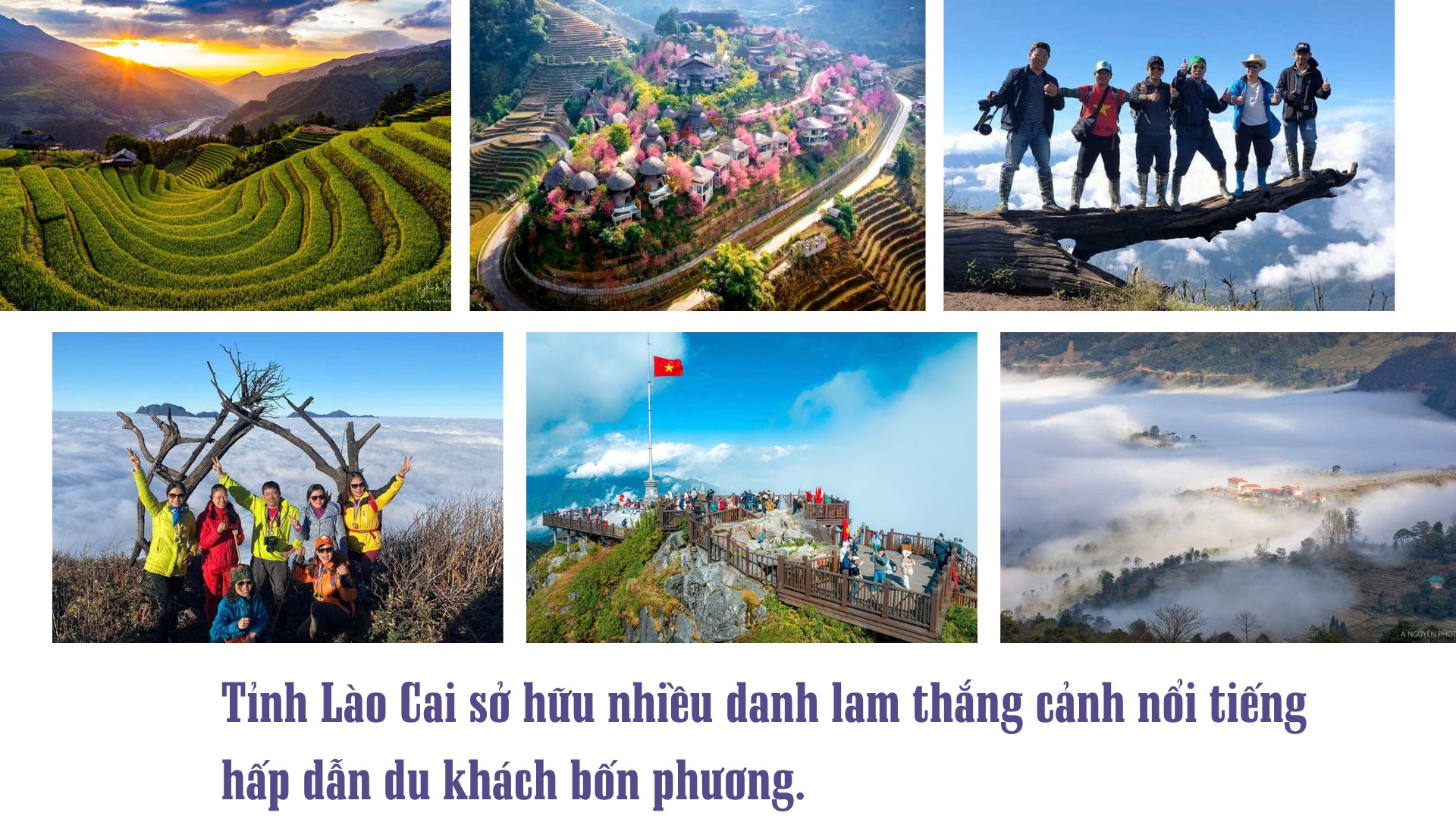
Entering a new era of national development, in addition to basic advantages, the new Lao Cai province also faces many challenges when it must both preserve its unique cultural identity and adapt and develop in the trend of global integration.
The merger of Lao Cai and Yen Bai is a golden opportunity for stronger development not only economically but also to create a position as a unique cultural center of the Northwest region.
The cultural sector will carefully review types of cultural heritage and ethnic cultures, advise the Provincial Party Committee, People's Council, and Provincial People's Committee to consider and issue specific and appropriate policies to effectively preserve and promote the values of traditional ethnic cultures in the process of integration and development...
When Lao Cai province first came into operation, along with the implementation of a two-level local government, the sector needed to focus on implementing a number of solutions to preserve cultural identity and integrate internationally. Accordingly, it was necessary to strengthen research and development of new cultural products associated with tourism development; innovate and improve the effectiveness of propaganda about the important role of culture in community life; continue to maintain cultural, sports and tourism institutions in both Lao Cai and Yen Bai provinces after the merger to serve the people, meet the people's cultural enjoyment needs; strengthen foreign affairs activities in the fields of culture, sports and tourism to introduce and promote the image of Lao Cai land and people to domestic and international friends.
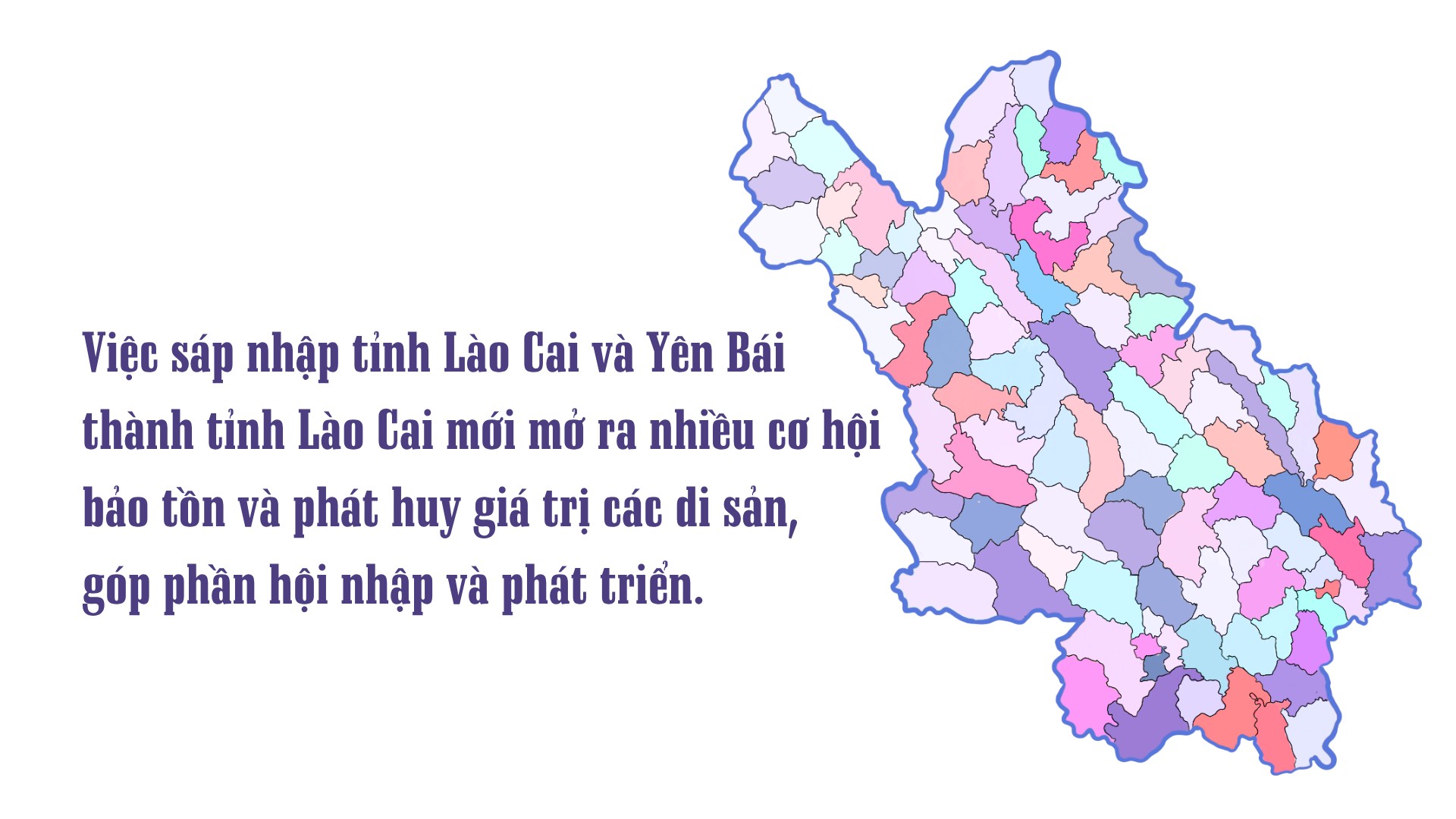
In the article “The Future for the Rising Generation” (March 26, 2025), General Secretary To Lam emphasized: “Culture is an indispensable factor in the human development strategy. We need to continue investing in preserving and promoting the value of cultural and artistic heritages, while at the same time innovating and modernizing to suit the times. The goal is to build Vietnamese people with a rich national identity: patriotic, benevolent, creative, integrated without assimilation. Promoting the cultural industry, making culture an economic driving force and national soft power also needs to be focused on.”
With rich and diverse cultural resources and practical solutions, the new Lao Cai province is facing new opportunities. The harmonious combination of preserving identity and expanding international integration will be the key for the new Lao Cai province to develop sustainably in the era of national development.
Performed by: Khanh Ly
Source: https://baolaocai.vn/ban-sac-va-hoi-nhap-post648000.html


![[Photo] General Secretary To Lam presents the First Class Labor Medal to the Vietnam National Energy and Industry Group](https://vphoto.vietnam.vn/thumb/1200x675/vietnam/resource/IMAGE/2025/9/21/0ad2d50e1c274a55a3736500c5f262e5)

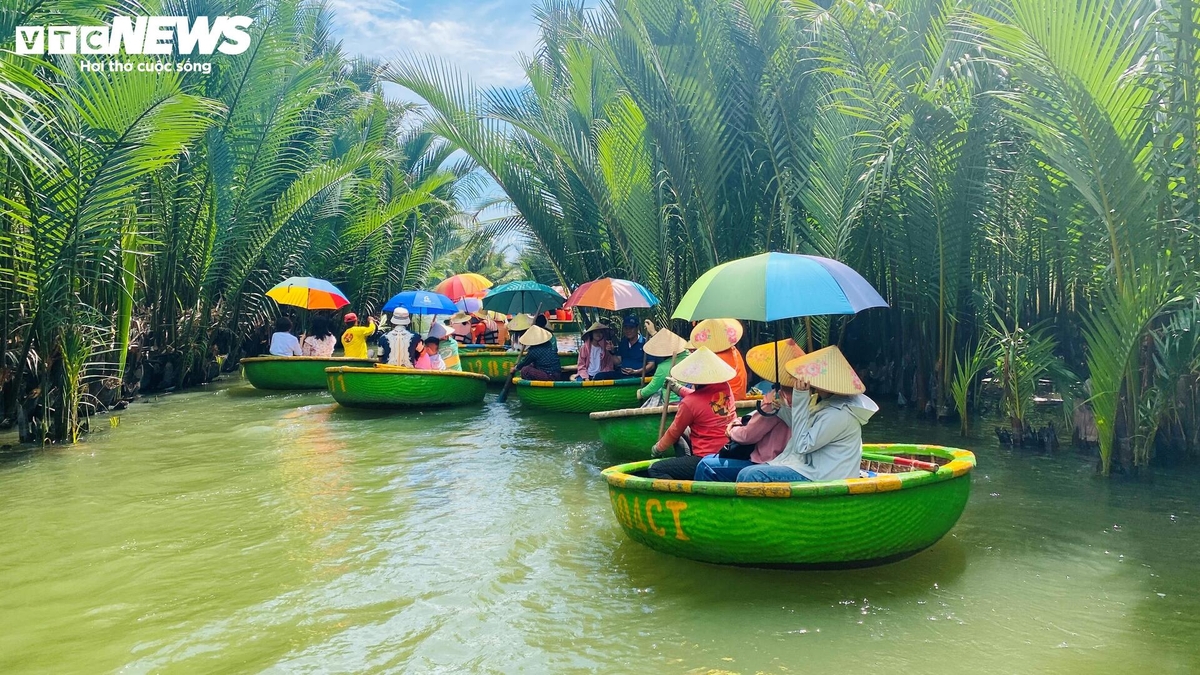



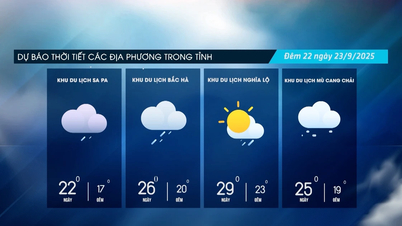

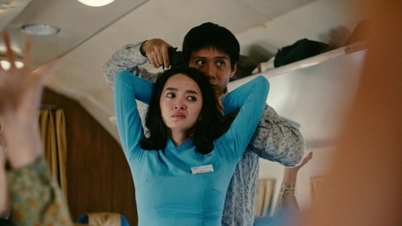










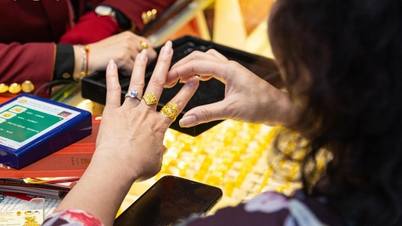

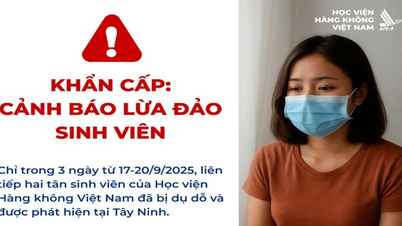


![[Photo] General Secretary To Lam attends the 50th anniversary of the founding of the Vietnam National Industry and Energy Group](https://vphoto.vietnam.vn/thumb/1200x675/vietnam/resource/IMAGE/2025/9/21/bb0920727d8f437887016d196b350dbf)





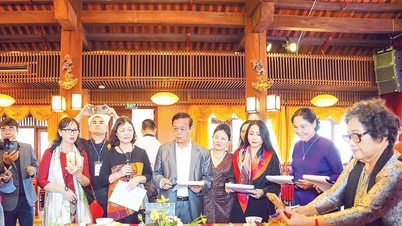



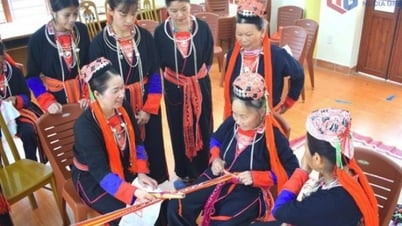



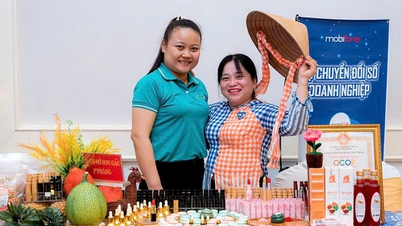
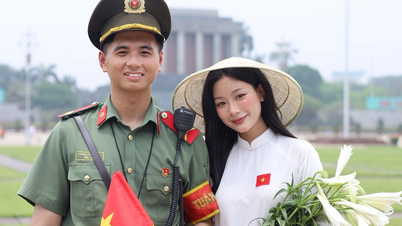

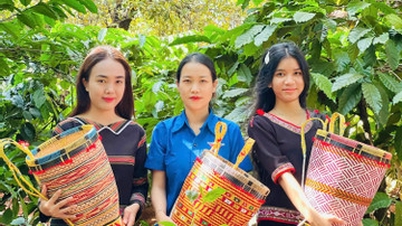

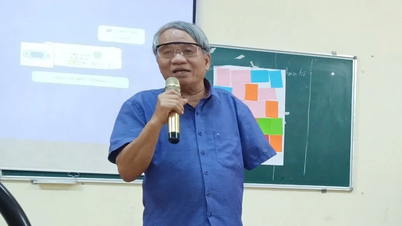










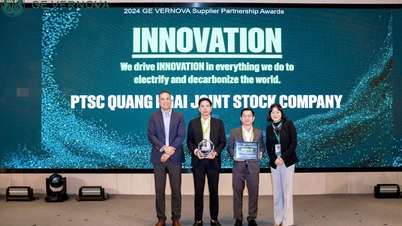
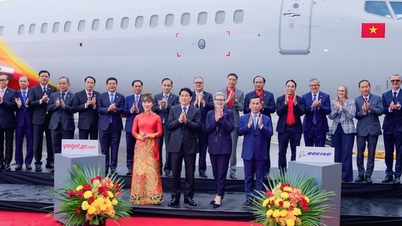

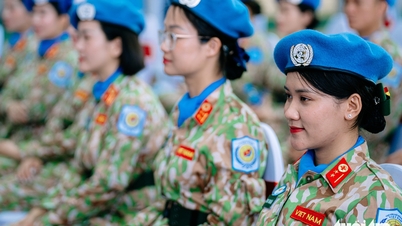
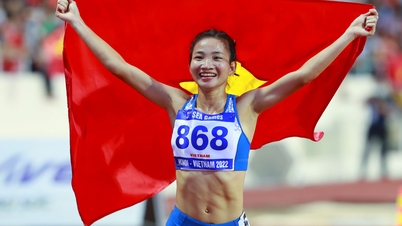


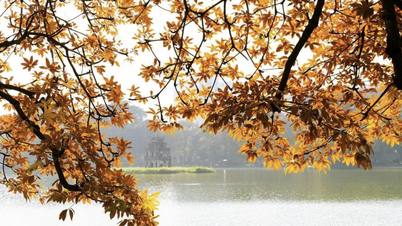

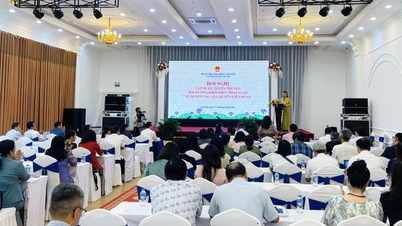

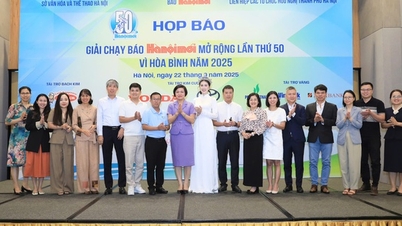
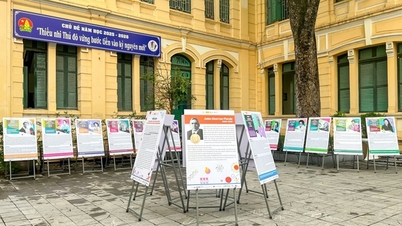
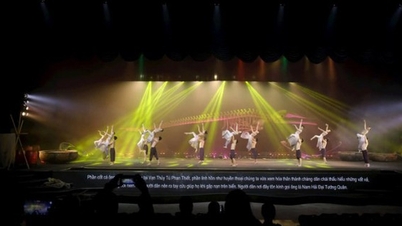




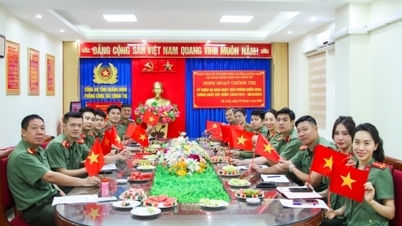


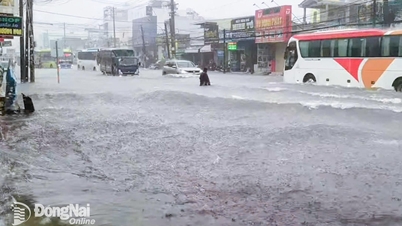



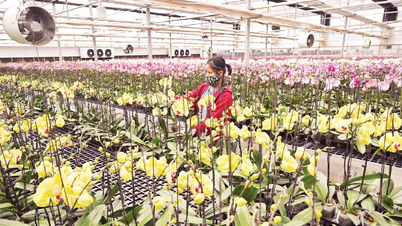






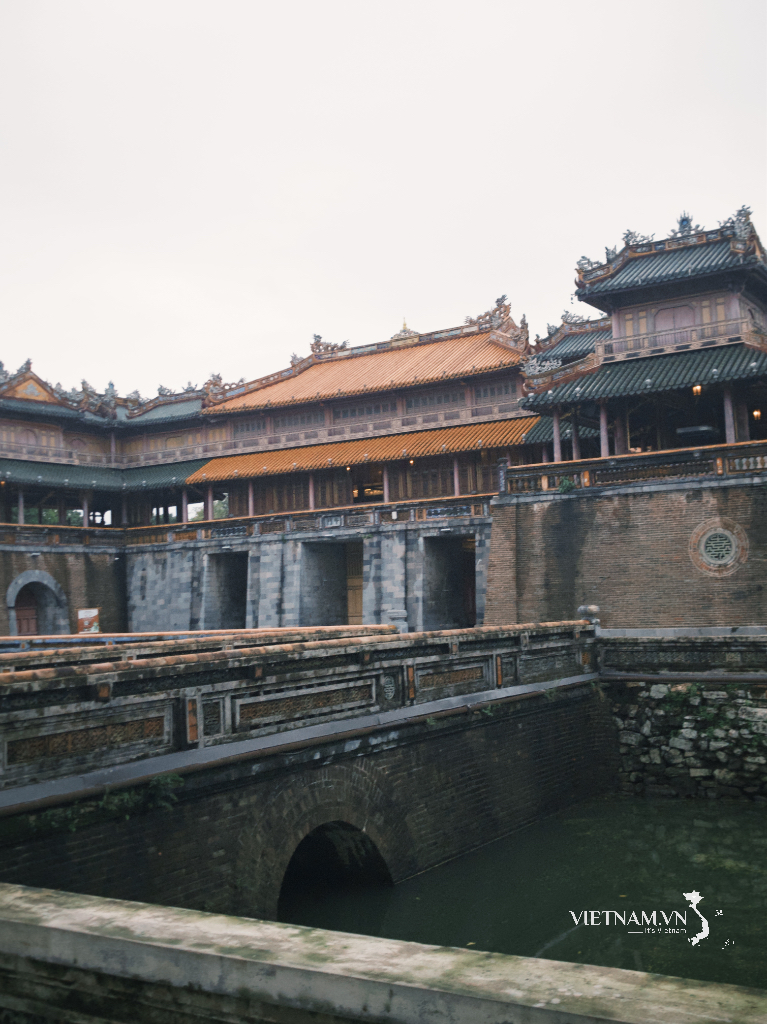



Comment (0)